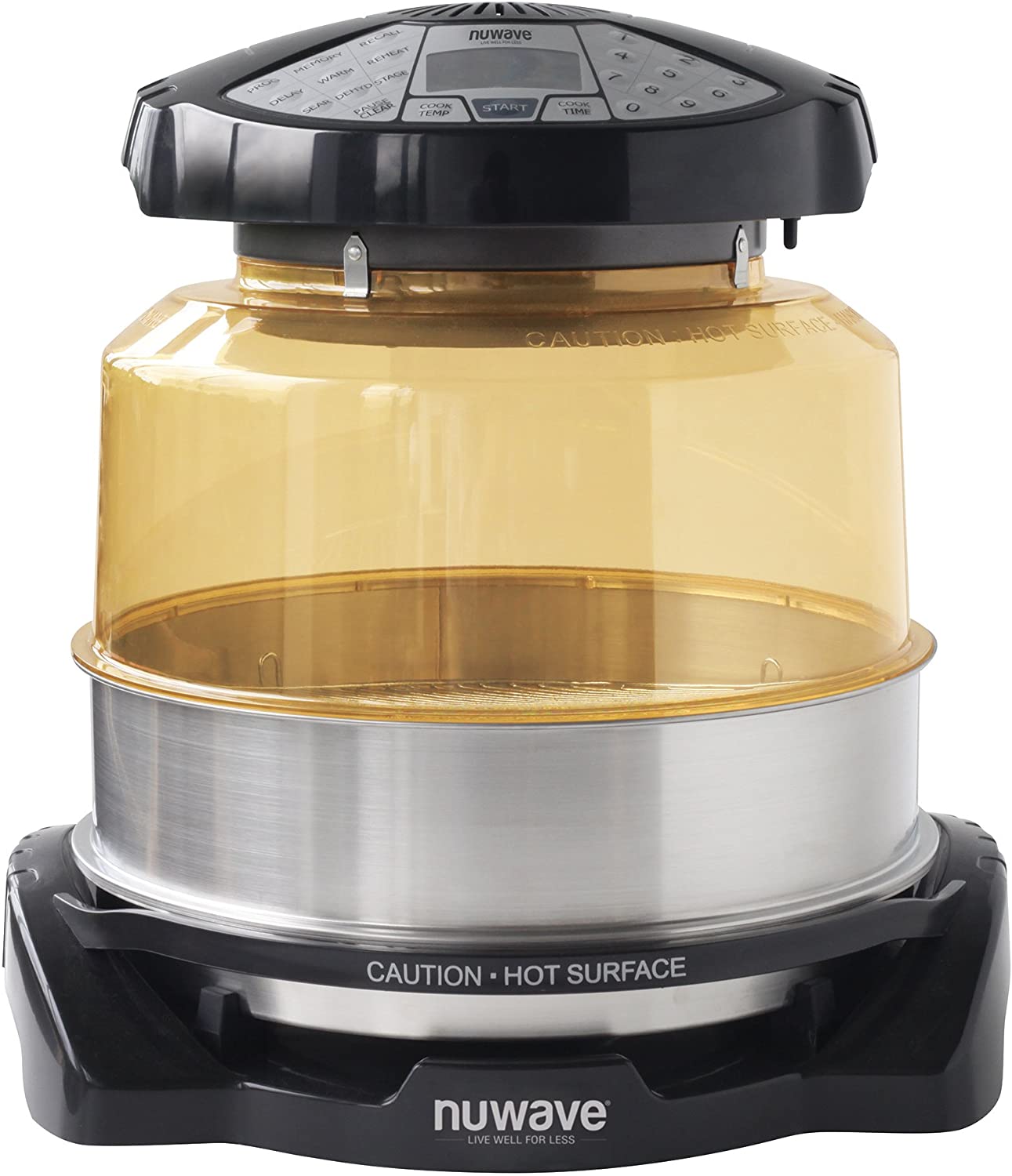

So why the change? Specialized says it wanted to improve the climbing and pedalling performance of the new Stumpjumper, and it also wanted to reduce weight. This sees it effectively morphing into a single-pivot suspension layout, with a rocker link connecting the top of the seatstays to the mainframe, while an extension link drives the rear shock. With no rear pivot on the one-piece carbon swingarm, the Stumpjumper instead relies on in-built flex through the carbon fibre seatstays. Ciao, adios, auf wiedersehn, sayonara – good riddance! Yes ma’am, that chainstay pivot has gone entirely. Perhaps the biggest headline change of the new Stumpjumper though is the fact that it no longer has an FSR pivot. Big move – there’s no more FSR pivot on the Stumpjumper’s carbon frame. Whatever label you decide to give it, we’re talking about bikes like the Trek Fuel EX, Giant Trance X and Norco Optic.

Actually, Specialized actually calls it an ‘ aggressive short travel trail bike‘, which I’d is pretty apt. This separation really helps the Stumpjumper to identify as a pure trail bike. You have the Epic EVO (120/110mm) the Stumpjumper (140/130mm) and the Stumpjumper EVO (160/140mm).

With the change in travel, there’s now a clear delineation through the Specialized trail bike range. In fact, the Stumpjumper actually downsizes travel by 10mm at both ends – there’s a 140mm travel fork, 130mm of rear travel, and it’s rolling on 29in wheels exclusively. This might be the only new bike released over the past year that hasn’t bumped up a category and swollen with more suspension. It might look kinda similar, but it’s all new from tip-to-tail.


 0 kommentar(er)
0 kommentar(er)
